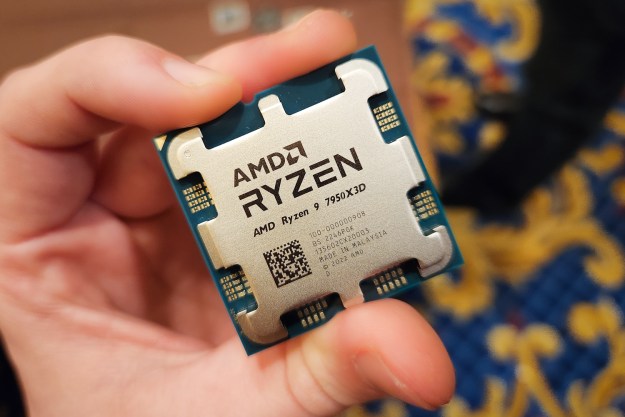The aforementioned flexible, adjustable arms bring together multiple cameras (Canon PowerShots, as seen in the image below) and integrate them with a computer system. The cameras take between two and four photos per second, which are then used to create the models. The Beastcam packs into a carrying case, weighs less than 10 pounds, and includes a tablet and battery to make the system fully portable. Images upload to Autodesk 123D Catch and other 3D modeling programs.
“The technique of creating 3D models from multiple photographic stills, known as photogrammetry, is not new, but is rapidly emerging as a low-cost and accurate way to create 3D models.” Irschick explained to UMass News. Three-dimensional models allow testing without involving the actual physical object — models can be used for experiments, or sent to a 3D printer to make a hard copy, so to speak.
“Current scanning systems, such as laser scanners or CT scanners, are typically slow, and often require bulky and expensive machinery,” Irschick said. “Faster and less expensive alternatives typically are not of a sufficiently high resolution to create detailed models, especially over a short time span. So we created the Beastcam using off-the-shelf materials to provide a portable, fast, easy-to-use, high quality, and low-cost system.”
And it’s not just for small creatures. The system can capture much larger objects easily with a few adjustments. Smart said, “One of the advantages to our system is that cameras and mounting arms can easily be added and subtracted to customize it for many different uses and at different scales.”
Further, the low-cost system doesn’t take an age to create a model. “We have been able to create accurate models of a range of objects,” Briggs noted, “including human-sized objects in less than 30 seconds, and car-sized objects in about 45 seconds.”
Irschick sought a portable 3D-modeling solution after struggling to create 3D models of live sharks on a trip to Florida last year. Now he’s back in his lab using the Beastcam on the geckos he studied previously — he is also the creator of Geckskin, an “adhesive” material with incredible hold that leaves no residue.
Editors' Recommendations
- The one AMD 3D V-Cache processor you should avoid at all costs
- Nice try, Intel, but AMD 3D V-Cache chips still win
- What is a 3D printer, and how much do they cost?
- 3D printed cheesecake? Inside the culinary quest to make a Star Trek food replicator
- What is AMD 3D V-Cache? Extra gaming performance unlocked



